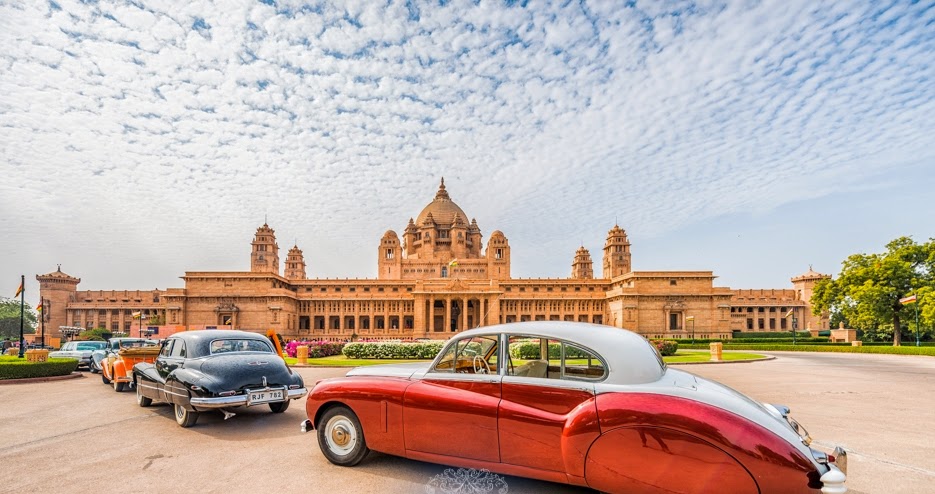Tourism Attraction Jodhpur Excursion and Car Rental
Jodhpur – Famous for its magnificent forts and palaces, Jodhpur is the second largest city of Rajasthan and a major tourist attraction in the country. The forts and palaces in the city are the major source of attraction in the city. Exploring the forts gives you a feel of the times when the Rajput might was at its peak. The gates and the walls of the forts speak of the battles they have witnessed. One needs to spend enough time with these historical monuments to fully grasp the grandeur of the Rajput era. Some of the major attractions around Jodhpur are Mehrangarh Fort, Jaswant Thada, Umaid Bhawan & the Government Museum and Zoo.

Bishnoi (also known as Vishnoi and Prahladapanthi) is a religious sect found in the Western Thar Desert and northern states of India. They follow a set of 29 principles/commandments given by Guru Jambheshwar (1451-1536).Jambheshwar founded the sect at Samrathal Dhora in 1485 and his teachings, comprising 120 shabads, are known as Shabadwani. He preached for the next 51 years, travelling across India and many other countries.

Bishnoism was founded by Guru Jambheshwar (1451-1536), also known as Jambhaji. Some writers have used the term Vishnoi, meaning followers of Vishnu but sect members refer to themselves as Bishnoi, a word they claim is derived from the Rajasthani for twenty (bish) and nine (noi). Jambheshwar himself did not refer to Bishnoi but does mention Vishnu. Adherents are also known as Prahladapanthi because of their devotion to Prahlada, another Hindu deity.

Luni Jodhpur :-
Luni is a town in Luni tehsil in Jodhpur district of the Indian state of Rajasthan. It is located 35 km South from Jodhpur district headquarters, Luni is a tehsil headquarters.
Fort Chanwa :-
Fort Chanwa is a red sandstone fort, whose foundation was laid over a hundred years ago during the rule of Maharaja Dalip Singh. The red sandstone comes from Jodhpur. Later the fort became a heritage hotel. Its main features are manicured gardens, carved lattice work friezes and Jharokas
Car Rental in Jodhpur Rajasthan
Jodhpur Tour With Bishnoi Village Safari
